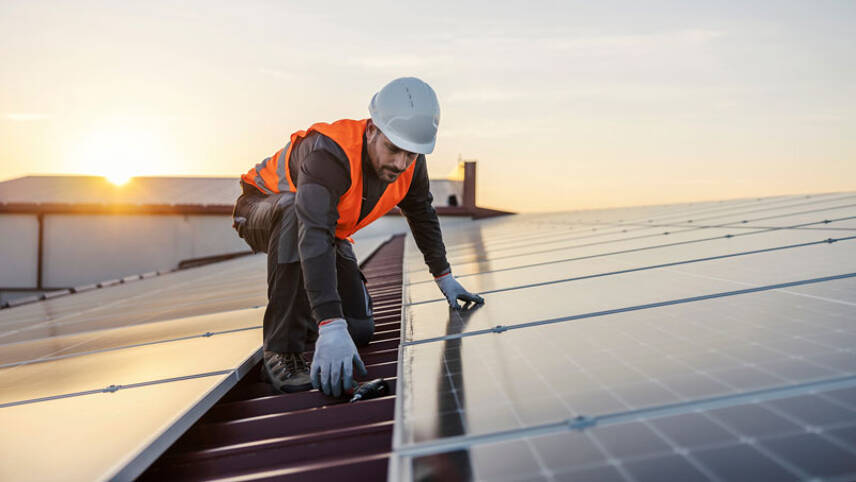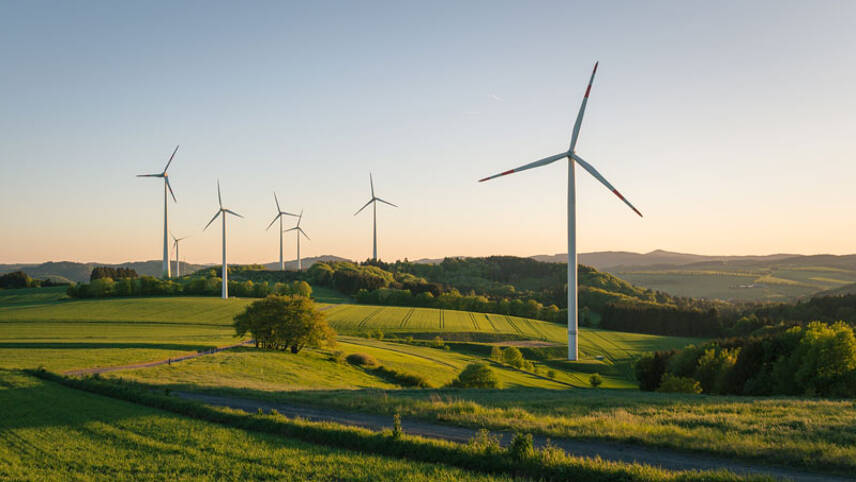WOBO appreciates the news updates for its members and fellow professionals.

Environmental risks: Private sector unlikely to act with urgency, WEF warns
Environmental crises continue to dominate the World Economic Forum’s (WEF) annual risk predictions for the near future and the next decade, but the Forum has highlighted how private sector organisations see less urgency for immediate action than policymakers or civil society.

Council gives green light for major blue hydrogen hub in Cheshire
Cheshire West & Chester Council has granted approval for what could be the UK’s first large-scale blue hydrogen plant, which will be based at Ellesmere Port and supply companies in sectors such as Kellogg’s, Unilever and Tata Chemicals.

Registration open for edie’s free online sustainability reporting and communications sessions
edie is kicking off the New Year by hosting an afternoon of online webinars and events on Thursday 25 January, all focused on improving corporate approaches to reporting, disclosure, communications and engagement.

Report: Circular economy could cut 75% of embodied emissions for built environment
Reusing components, recycling materials and boosting material efficiency will be crucial to the building sector’s net-zero transition, a new report endorsed by the World Economic Forum reveals.
The report from McKinsey and the Forum, published ahead of the highly anticipated annual summit in Davos next week, concludes that embedding circular economy principles could cut up to three-quarters of the sector’s anticipated emissions in 2050.
The term ‘embodied emissions’ is used to refer to emissions generated before the building or infrastructure project begins operating, including those attributable to construction processes and to the supply chains for materials and components.
At present, one-third of the world’s material consumption is attributable to the built environment.
According to the report, four gigatons of these emissions can be prevented through to 2050 on a cumulative basis. At the same time, an annual profit net gain of up to $360bn could be created by mid-century due to the establishment of closed-loop value chains.

The world added 50% more renewable energy generation capacity in 2023 than in 2022, and even faster growth is expected for the remainder of the 2020s, the International Energy Agency (IEA) has revealed.
The Agency has today (11 January) published its latest annual report on the global state of renewable energy capacity and investment. These baseline figures are used to adjust predictions for what’s to come over the next five years.
This report reveals a significant acceleration in renewables deployment year-on-year in 2023 which, if maintained in the coming years, will put a global goal to triple the world’s renewable energy capacity by 2030 within reach. This goal forms part of a ‘Global Decarbonisation Accelerator’ commitment signed by more than 130 nations at last month’s COP28 summit in Dubai.
According to the IEA, the world is now on track to grow renewable energy capacity to 7,300GW by 2028. This is 33% more capacity than the Agency was predicting to come online in its last annual report.

EU adding wind farms at record pace, enabling accelerated coal phase-out
The EU added 17GW of new wind in 2023, marking a record year, according to new industry data. The accelerated build-out of renewables is prompting some nations to bring forward plans to end coal-fired electricity generation.
Renewable energy industry body WindEurope confirmed the milestone year for 2023 on Monday (15 January.
According to its latest data, EU-27 nations built and connected 14GW of onshore wind capacity and 3GW of offshore wind capacity in 2023, for a total of 17GW of new wind farms. This marked an uplift on the 2022 total of 16GW.
WindEurope also tracked an improvement in the efficiency of wind farms during 2023, with more electricity produced for each GW of capacity installed. The body has attributed this partially to changes in regulation and legislation that are easing grid infrastructure woes and reducing curtailment.
